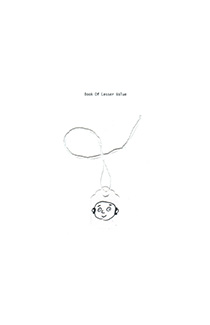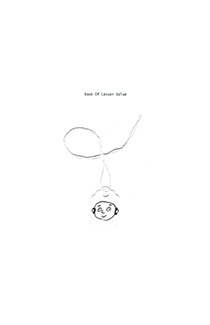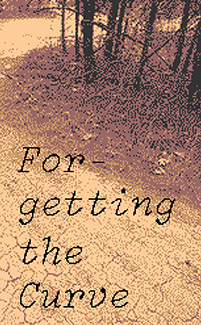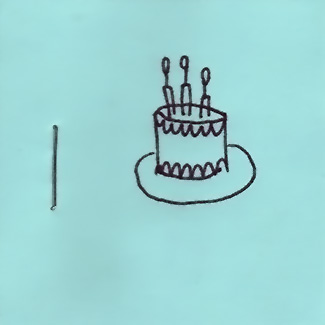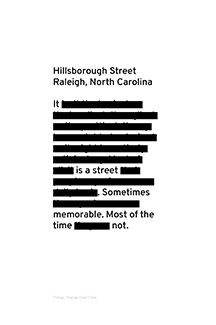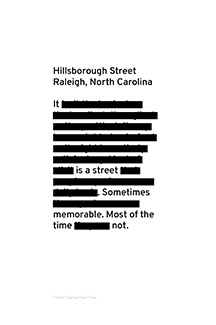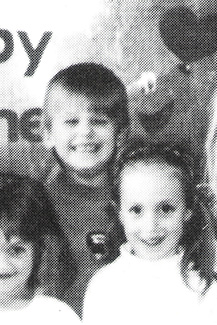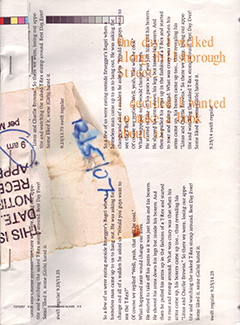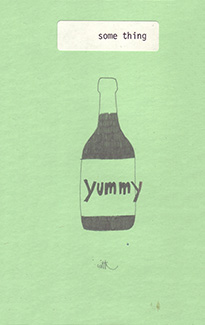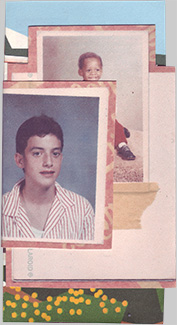
Forgetting
The Curve
“Left to itself every mental content gradually loses its capacity for being revived, or at least suffers loss in this regard under the influence of time.” After conducting years of self-experimentation in the late nineteenth century, Hermann Ebbinghaus reliably described the predictable degradation of memory. He hypothesized that forgetting curves, which graphically plot a memory’s staying power, depend heavily on recall and repetition. He published his findings in Über das Gedächtnis (translated as Memory: A Contribution to Experimental Psychology), which has had a lasting impact in the field. A departure from mere observation and speculation, his work immediately encouraged an increased interest in the study of memory.
In Forgetting The Curve, cogent quotations from Ebbinghaus’s Memory are paired with Critter’s photographs of a pine-woods trail. “Older ideas are repressed and forced to sink down, so to speak, by the more recent ones.” Text and image dissolve as the reader proceeds. The photographs degrade and words go missing. “All sorts of ideas, if left to themselves, are gradually forgotten.” Progressive distortions replace original memories. “At best only isolated fragments return.”
Published by Things Change Over Time
Paperback
4.25 × 6.875 in
192 pages
English
First Edition, First Printing
Out of print
$
More from Critter


